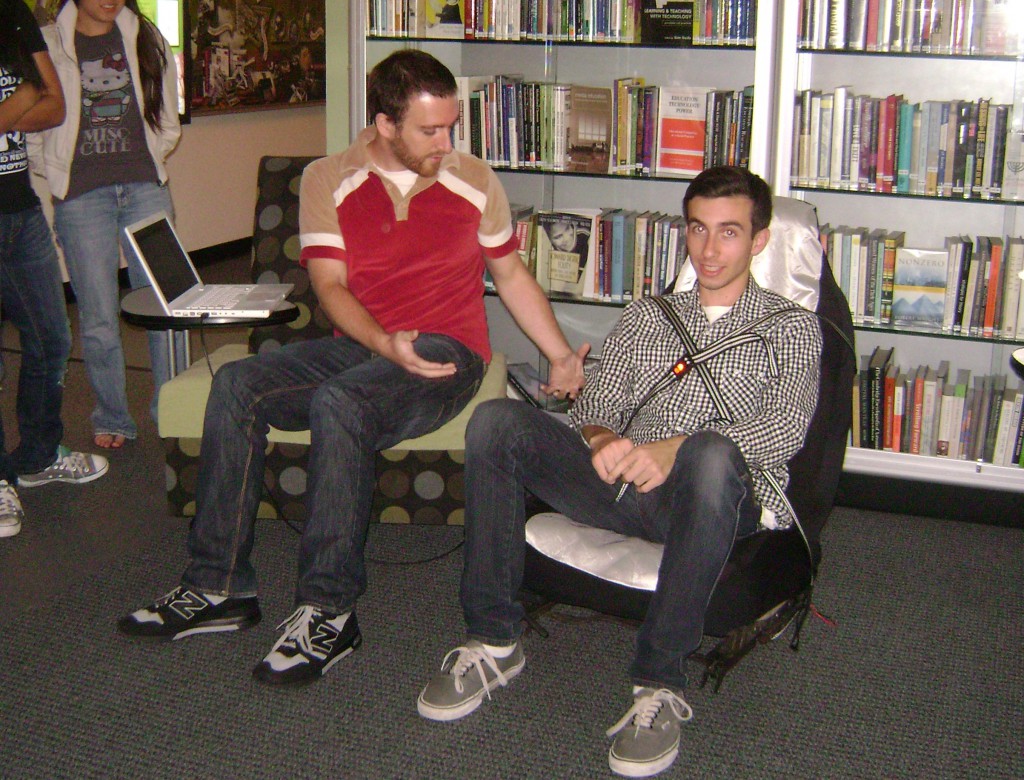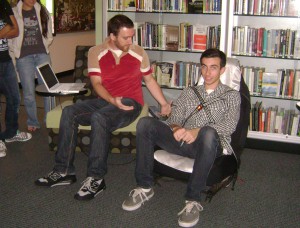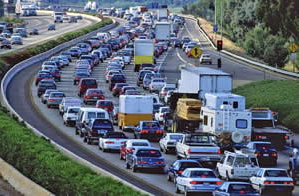


(2010) Collaboration with Michael Annetta.
This design uses XML data from NAVTEQ to translate daily traffic flow at particular road sections into a rhythmic pulses that maps onto PWM voltage for vibrating motors.
By the year 2060, all the humans who survived peak-oil live in giant honeycomb-like structures that contain self-sustaining mini-ecologies within each geodesic cell. Movement is tightly regulated, but residences are efficiently distributed such that all experiences of landscape are consistent.
There is no open space nor closed space; there is only space. Each individual residence is the same size and the same distance from every other. Experiences of proximity to other human beings are thus normalized, and travel is coordinated by cloud-based supercomputers, so that one never encounters more or less than the same number of people at any given time.
But ironically, years after peak oil, people start to nostalgicize the era of the automobile. Entranced by the tragic romance of our (once-upon-a-time) collective disregard for the future, consumers look at the car as a kind of thematic palette for restaurants, parties, films, etc. In this sense, the era of automobile is experienced the way we think of pirates, the 50s, or the Wild West today.
While fully adapted to their lifestyle, the consumers of the future long for the proxemic extremes of a bygone era. One group, known as the agoraphiles, dream wistfully of wide open roads. Another equally prominent consumer group, the claustrophiles, fantasize about densely packed commuter traffic. They long for experiences of intrusive contact with strangers: body-to-body, flesh-to-flesh, metal-to-metal, car-to-car. Some claustrophiles seek out simulations of dangerously seductive traffic collisions (and this subculture is usually referred to as traffic-punk). But others frame their traffic fantasies less violently. They prefer to think of traffic like a gently flowing stream that envelopes you in its warmth.First museums and other historical venues began to capitalize on the allure of traffic. But as the theme of traffic nostalgia became more ubiquitous, hotels, restaurants, and day spas started to pop up. In many of these spas, special relaxation chambers let you dial in the particular traffic patterns of long lost city landscapes. Tag lines for these relaxation products include phrases like: “Let the gentle pulse of Los Angeles traffic encase you in soothing vibrations.”
